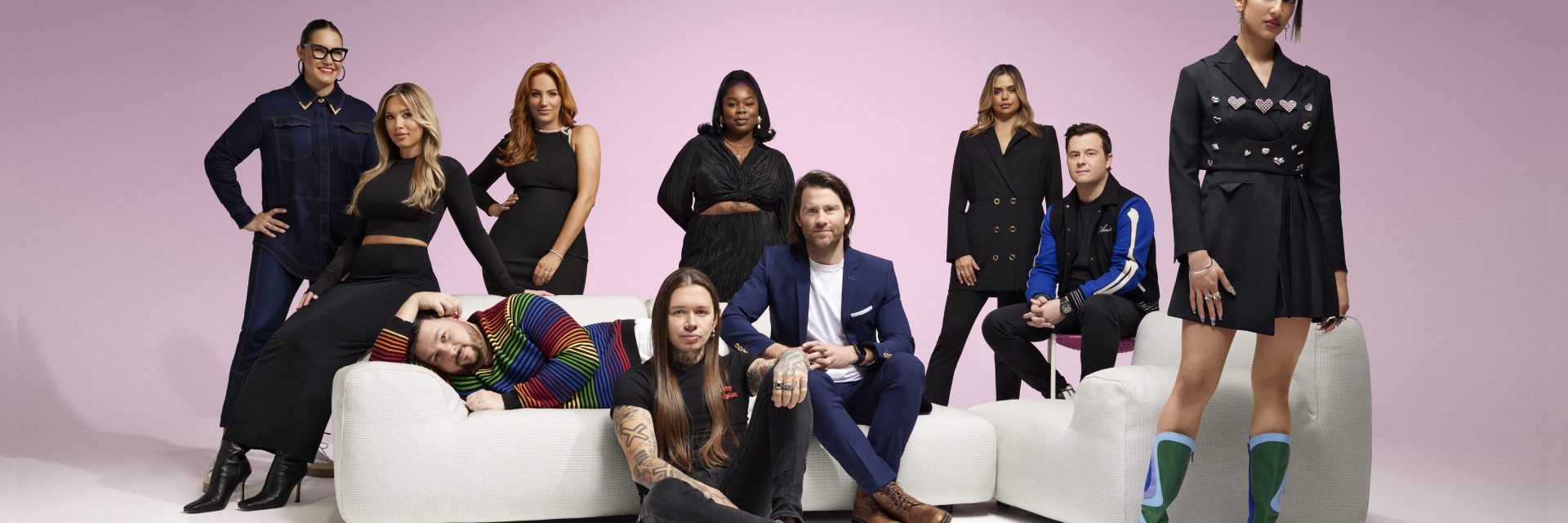The creator economy has caught the attention of investors across the globe. As creators continue to harness their growing online influence, these new entrepreneurs are changing the media and advertising landscape as we know it.

Key Takeaways
- The size of the creator economy is estimated to be worth between $29 billion to $152 billion each year.
- Just under 5% of social media users can be classified as creators, or around 200 million people out of the roughly 4.2 billion currently on social media.
- As more creators wake up to the power of leveraging their online audience to build offline businesses, the creator economy is only likely to grow
When Matt Ford and Jack Steele told their fellow tradies on the construction sites they worked on around south Sydney that they were quitting their jobs, no one could quite believe it. When their mates asked them what they were going to be doing instead of plastering and carpentering, they couldn’t quite explain it either. “We just say we’re full-time idiots,” says Steele. “That’s a pretty good description.”
Ford and Steele are better known as The Inspired Unemployed: two regular Aussie ex-labourers who post relatable comedic video skits across Instagram (1.5 million followers), TikTok (1.4 million followers) and Facebook (794K followers) and host a weekly podcast that regularly tops the download charts.
They’re also at the unexpected forefront of a new wave that’s caught the attention of investors, consumers and social platforms: the creator economy. This industry has brought together businesses that support individuals to use the creativity and influence they’ve accumulated across social media to make money from their audiences. The monetisation can happen online, through advertising, partnerships and online courses, or offline with physical products and events.
The size of the creator economy is large, growing and notoriously hard to pin down, with estimates ranging from $29 billion to $152 billion each year. The Linktree Creator Report, commissioned in 2022, estimates just under 5% of social media users can be classified as creators, or around 200 million people out of the roughly 4.2 billion currently on social media. Of those, about 12% of full-time creators make more than $37,000 a year.
For creators who have built large audiences on social media, the opportunities have never been bigger. The Inspired Unemployed monetise their audience in multiple ways, including their weekly podcast. Spotify pays for it to be exclusive to its platform. Brand deals negotiated by their management team have so far included major campaigns with Amazon’s Alexa, The Iconic, Tooheys Extra Dry and even Grill’d, where they launched a tongue-in-cheek content series on subscription service OnlyFans to promote the chain’s plant-based Impossible Burger range.
Parlay vous
However, the biggest opportunity for creators today is to parlay online influence on digital platforms into real-world products with big potential. Traditional celebrities have been doing this for decades using everything from perfume to cooking utensils. Now content creators are cashing in.
Kylie Jenner pioneered it with Kylie Cosmetics, initially available only through her social platforms, before selling 51% of the company to beauty giant Coty in 2020 for $879 million. Closer to home, author Zoë Foster Blake converted her cult-like Instagram following (785K followers) into a very successful skincare business, Go-To, that she sold for $89 million in August 2021. The deal took place in a frothy economic market, with the eight-year-old skincare brand reporting it had generated $36.8 million of revenue and $11.6 million in EBITDA in the previous financial year.
For The Inspired Unemployed, their primary business is a zero-carb beer called Better Beer, and they each own 20% of the company. Better Beer unexpectedly generated more than $10 million of sales in its first six months, making it the fastest growing new beer brand launch in Australia in almost a decade.
“We never started the beer company because we thought: ‘Oh, it could make us money’,” says Ford. “We started because we just wanted a beer company: that’s the coolest thing ever…Then it’s just gone absolutely bonkers”.
Accidental creator
Kat Norton was a few years into her career doing securitisation reviews for US banks when she accidentally became a full-time creator. Norton began as an intern in 2015, working her way up to travelling around the US each week to meet different clients. When covid shut down travel in 2020, she found herself with extra time on her hands to explore things she was interested in.
One of her niche passions was Microsoft Excel. Norton mastered the complicated cells and tables that overwhelm many frustrated office workers, downloaded TikTok and uploaded her first video under the moniker, Miss Excel.
Taking visual cues from the social media’s accessible and fun tone, Norton created snappy videos that used pop culture references, lip-synching and popular dance trends to teach people how to use Excel better.
By the end of her first month Miss Excel had over 100,000 followers. A few weeks later, one of her followers asked Norton if she could make training videos for their company. Her audience skews towards those in their mid-20s, with over 65% female. She launched her first digital course in November 2020 and within a few months was making more from the course than from her day job.
Norton estimates she now works around 20 hours a week, and has made up to $145,000 in a single day selling her online courses to her dedicated audiences across TikTok (844K followers) and Instagram (613K followers).
Marion Grasby is another creator who has used social media to help her business grow. The former ABC journalist appeared on the second season of TV cooking show Masterchef in 2010. After being eliminated, she used her profile and talent to launch Marion’s Kitchen, a successful range of meal kits and sauces sold in supermarkets that began with five products and now has an 18-product range.
“My guiding light when I started Marion’s Kitchen more than a decade ago was simply to tell the story of the food I’m passionate about and build a strong community around that,” she says. “I find myself now leading a company that has grown so exponentially beyond what I imagined it could be. Now I find myself at the helm of a company that is a hybrid media publisher, food and lifestyle product company and vertically integrated retailer.”
How to Flex
But if there is one Australian creator who sums up the modern and diverse way to build a business from social media, it’s Lillian Ahenkan, better known as FlexMami on Instagram (160K followers) and TikTok (125K followers). The 28-year-old has built a loyal following that she’s leveraged into speaking, book writing, podcasting and a daily show on CADA, a new music radio station that’s taking on the ABC’s triple j.
Ahenkan knows the danger of relying on her social following as a career and she knows she must build proper businesses around her. “When I talk to other creators, I think a lot of them are in denial about not only the purpose of what they do, but the lifespan,” she says. “You have built your business on a very unstable foundation. You don’t own these platforms. You don’t own these algorithms. You have no idea fundamentally how they work or how they impact you. You are always chasing the next thing.
So, how do you create security?” Ahenkan creates security through multiple businesses and revenue streams. Some of these include selling physical products, including conversation card games, colourful satin pillowcases, dinner plates with phrases such as “Not pregnant, just eatin’ good”, a furniture line of bright, wavy shelves, a tooth-jewellery brand and more.
As more creators wake up to the power of leveraging their online audience to build offline businesses, the creator economy is only likely to grow.
How to build a creator business
No niche is too small. Find something that you care about, no matter how small, and chances are others will as well.
- Lean into you. Stop trying to copy others and lean into your natural voice.
- Create, create, create. Regular, consistent content is the best way to build a following.
- Turn online into offline. The most successful creators take their audience off the internet and into a real-world store where they can spend real-world money.
- Know your why. None of these tips are important if you don’t know why you are creating content in the first place.
Creator payday
Being a creator can be lucrative. Tribe, an influencer marketplace that works with brands, agencies and creators, gives a rough guide to the earning potential depending on number of followers, as does Impact, an analytics and affiliate platform. This is how much they estimate a creator can earn as a minimum for a single sponsored post in a social media feed. F:or more integrated campaigns, this is just the starting offer.
Read more: Creatornomics
